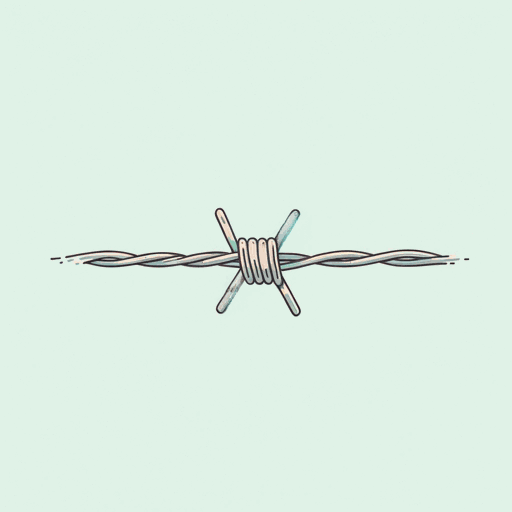35 pages • 1 hour read
George TakeiThey Called Us Enemy
Nonfiction | Graphic Novel/Book | Adult | Published in 2019A modern alternative to SparkNotes and CliffsNotes, SuperSummary offers high-quality Study Guides with detailed chapter summaries and analysis of major themes, characters, and more.
Themes
Injustice Against Japanese Americans
At the beginning of the book, soldiers rouse George’s family and force them to leave their home. By the end of the story, multiple American presidents have admitted that the internment orders were unjust and that the Japanese American citizens were treated horribly by the US government. Upon a second reading, every small injustice is more sinister than it initially appears. Like the exclusion zones which led to internment which led to the loyalty questionnaire which led to even harsher internment, each successive injustice compounds upon prior instances, all to enforce to the unjust imprisonment of American citizens.
It’s not only the government that participates in such injustice, however. When the people marked for interment try to sell their belongings rather than lose them for nothing, many American citizens use the opportunity to torment or degrade their Japanese American neighbors with insultingly low offers.
At Camp Lake Tule, when the crackdowns on protestors begin, the protestors then turn on their fellow prisoners and accuse them of taking their jobs. Injustice, as presented in the story, tends to give rise to more injustice. When President Reagan makes his formal apology—accompanied by restitution checks—it is a first step at righting the injustice. This is major step toward closure for Japanese Americans who endured internment, as it was hard to fight against that injustice when the US government refused to admit wrongdoing for so many decades.

